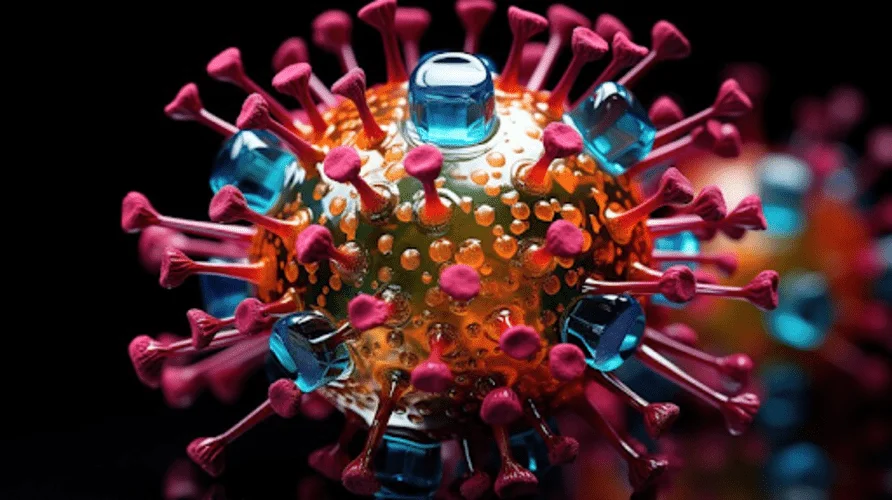Antibodies, the Y shaped proteins, aka immunoglobulins (Igs), are produced by the plasma cells. These can identify the antigens that are foreign invaders or molecules as pathogens, toxins, and more. The Y shaped structure in the antibody is to locate and bind to the complementary structure of the antigen, said as an epitope. With the antibody binding to the antigen for the immune responses, there is a binding mechanism for the antibody and antigen. While there are two types of antibodies, say the primary antibody and secondary antibody. One can gain the antibodies of interest for the respective antigens with Antibody Engineering Services.
Primary Antibodies
A primary antibody is an immunoglobulin that specifically binds with the proteins. These are the ones who directly binds to the antigen. With the recognition that the epitope carries on the antigen, there is the variable region of the primary antibody. These are usually developed as Polyclonal Or Monoclonal Antibodies. The primary antibodies are the ones that have the upper hand in being beneficial for the research and development purposes that comprise detection biomarkers for major diseases as diabetes, cancer therapy, Alzheimer’s diseases, Parkinson’s disease, and more.
Secondary Antibodies
Secondary antibodies are the ones that are bound with a heavy chain of the primary antibodies, which helps with the detection, sorting, purification of the targeted antigens. Secondary antigens do not interfere with the target antigen procedures that a primary antibody takes over after binding. Once the secondary antibody binds to the primary antibody, there is the purpose of optimal antigen detection. In the research industry, secondary antibodies play a significant role with assays like ELISA, Western blot, Flow cytometry, and IHC.
Difference Between Primary And Secondary Antibody
The primary antibody is the immunoglobulin that specifically binds to the protein of interest to purify or detect. Whereas the secondary antibody binds indirectly with binding to the primary antibody that assists the detection, sorting, purification of the target antigens. Primary antibodies are used as biomarkers, in contrast to the secondary antibodies used for immunolabeling.
Why Use Two Antibodies?
There are different visualisation methods when the antibody is taken up for multiple applications, western blot and immunofluorescence. A secondary antibody is required with the primary antibody in numerous assays. While the primary antibody detects the antigen in the sample, the secondary is designed to have a fluorophore or enzyme complex attached that serves the purpose of visualisation. With the antibody engineering services, the industry can access and obtain the different Types Of Antibodies that meet the antigen requirements. We at GeNext Genomics, cater to all the industry services with the needs of the antibodies and deliver high-quality biologics for research and development purposes. We at GeNext Genomics have skilled technicians and high-level scientists who make it all possible with their years of experience and product development knowledge. The antibody engineering services are made possible with the base of our genetic engineering experts at the laboratory.
Also Read: Challenges In The Development of Therapeutic Antibody



